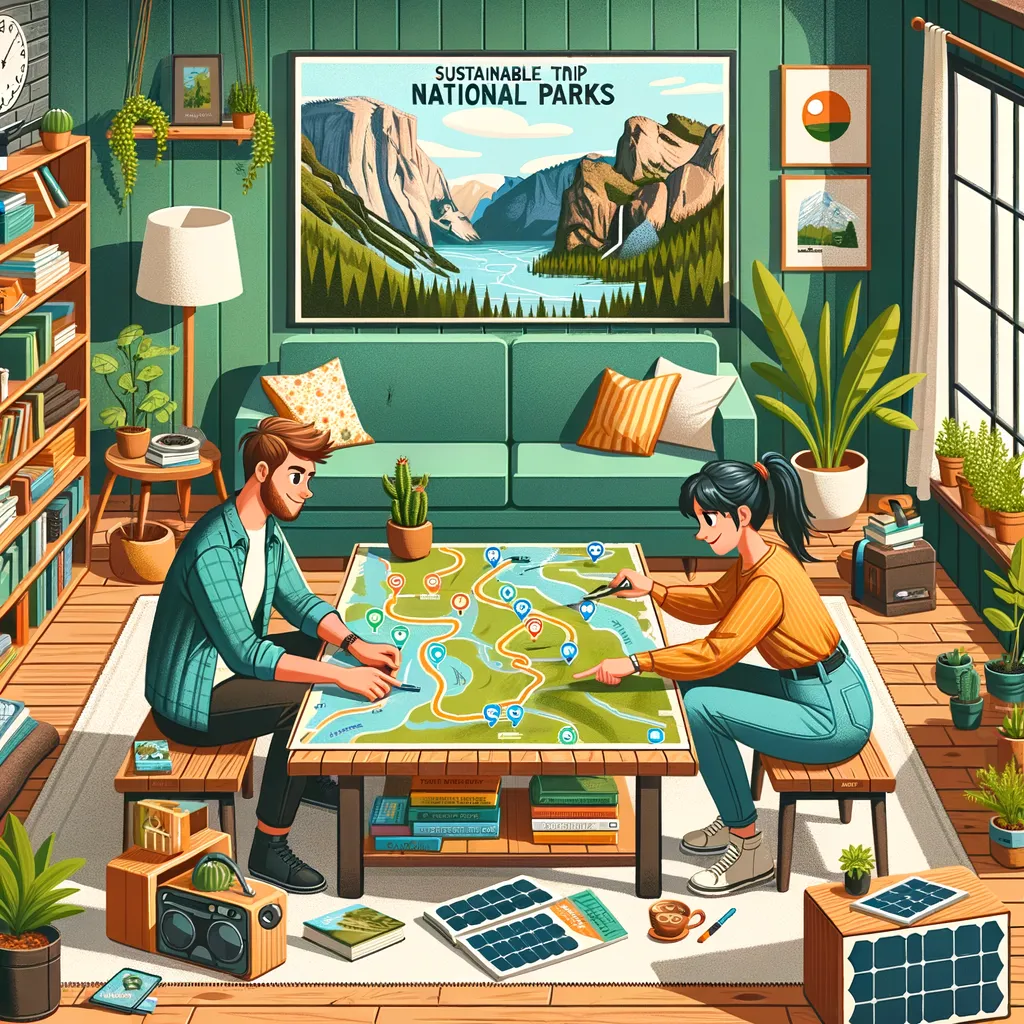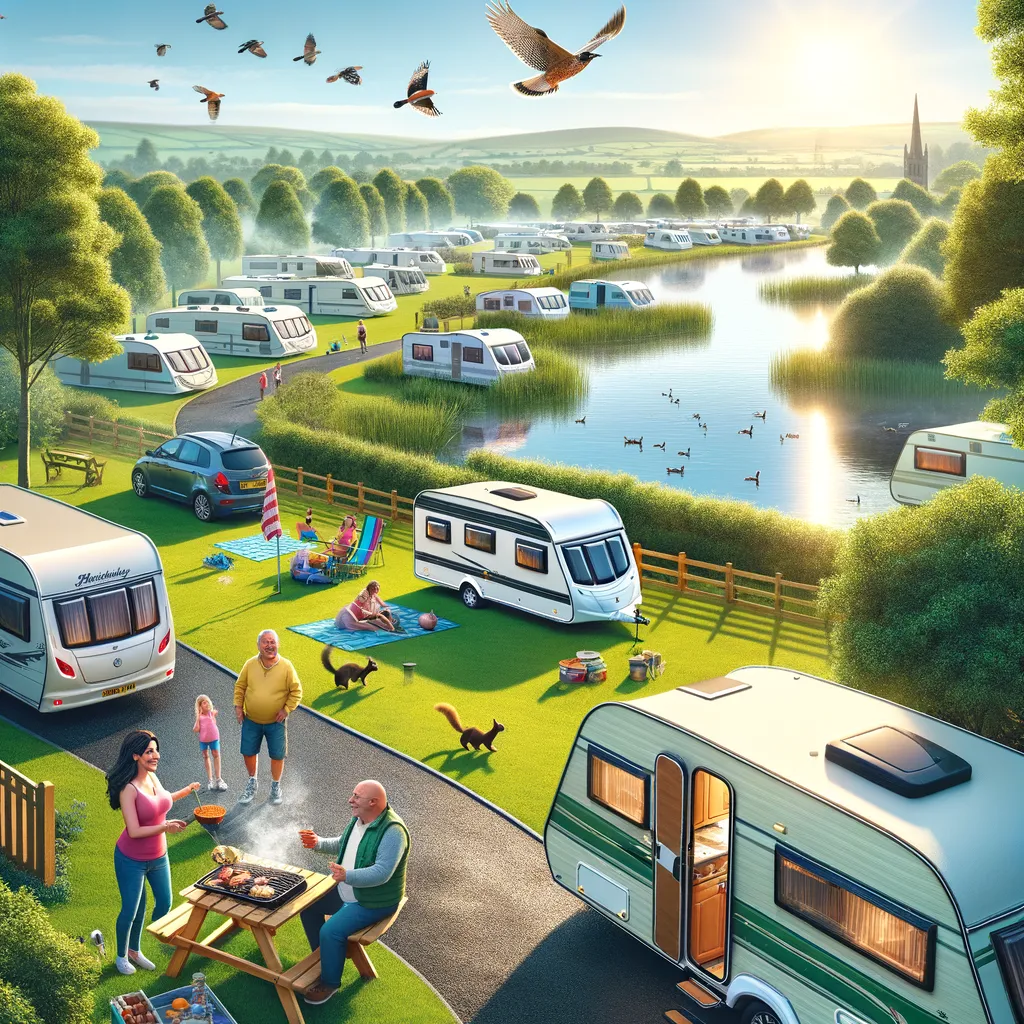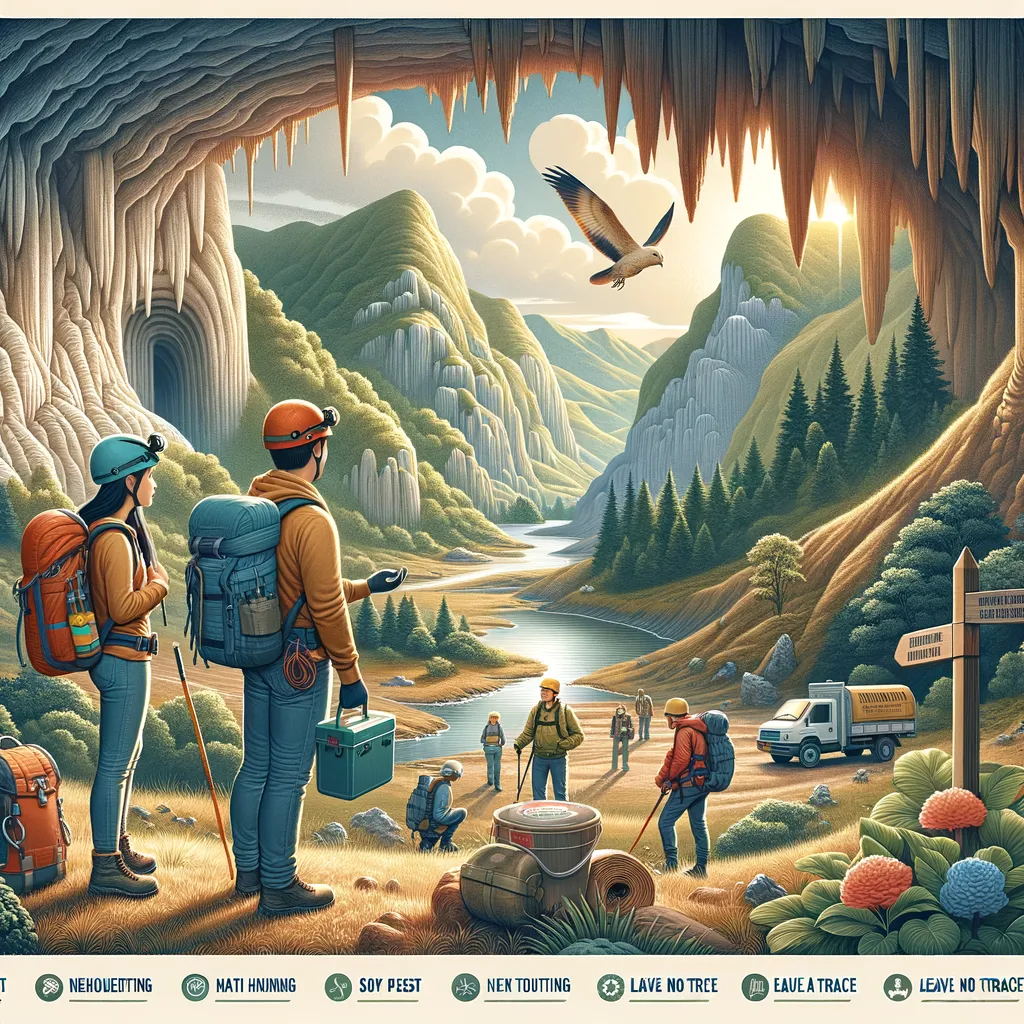How to Plan a Sustainable Road Trip to National Parks
Welcome, eco-conscious travelers and responsible parents! If you’re dreaming of a family adventure that not only thrills but also tread lightly on our planet, you’ve come to the right place. Planning a sustainable road trip to National Parks is a spectacular way to instill a love for the great outdoors in your kids’ hearts while teaching them the importance of conserving natural treasures. Let’s embark on a journey that’s packed with practical tips and thoughtful insights to make your eco-friendly road adventure a resounding success.
Choose Your Destination Wisely
Research is key when selecting which National Parks to visit. Opt for parks with a strong commitment to conservation efforts and those that might be less frequented, to help distribute tourist impact. Exploring hidden gems offers a unique experience and helps in avoiding overcrowded destinations that could strain park resources.
Embrace Off-Peak Travel
Traveling during off-peak times not only allows you to enjoy a more serene experience but also significantly reduces your trip’s environmental impact. Parks tend to be less crowded, meaning your presence contributes less to the wear and tear of natural sites.
Plan Your Route and Activities
Mapping out your route is essential to minimize driving time and carbon footprint. Use tools like Google Maps or AllTrails to find the most efficient routes to and between parks. Additionally, seek out eco-friendly activities within the parks, such as guided nature walks, volunteer opportunities, or educational programs about the park’s ecosystem and wildlife.
Eco-friendly Accommodations
Look for lodging certified by eco-friendly organizations such as Green Seal or LEED. Many national parks and surrounding areas offer camping, yurts, or cabins that provide a low-impact way to stay close to nature. If camping, adhere to Leave No Trace principles to minimize your footprint.
Pack with the Planet in Mind
Packing for a sustainable road trip requires mindfulness. Opt for reusable items like water bottles, cutlery, and plates. Avoid single-use plastics by preparing snacks in reusable containers. Remember to bring eco-friendly sunscreen and bug repellent to protect your family’s health and the environment.
Green Your Ride
Your vehicle choice plays a significant role in your trip’s sustainability. If possible, rent or invest in a hybrid or electric vehicle. These cars significantly reduce emissions compared to traditional gasoline vehicles. Before heading out, ensure your car is in optimal condition as a well-maintained vehicle is more efficient and less likely to harm the environment.
Leave No Trace
The Leave No Trace Seven Principles are critical for ensuring that the beauty and integrity of our national parks are preserved for future generations. From planning and preparing to disposing of waste properly and respecting wildlife, adopting these principles is a cornerstone of a truly sustainable road trip.
Embarking on a sustainable road trip to National Parks with your family is an admirable way to combine adventure with environmental stewardship. It’s an opportunity to teach your children the value of conservation while creating lasting memories in some of the most beautiful places on earth. Stay tuned for more tips on making your eco-friendly journey a reality, including sustainable packing lists, eco-conscious on-the-road practices, and ways to engage your children in green travel.
Our journey toward sustainable travel doesn’t end here. The road to conservation is long and requires effort and commitment from each one of us. By choosing to embark on an eco-friendly national park road trip, you’re not just planning a vacation; you’re making a statement about the kind of world you want to leave for your children and future generations.

Ultimate Guide: How to Plan a Sustainable Road Trip to National Parks for Families
Welcome to our comprehensive guide for eco-conscious families looking to blend adventure with sustainability. Planning a sustainable road trip to National Parks doesn’t just offer a breathtaking getaway; it nurtures a deep-rooted appreciation for nature in your children. This guide is tailored to help you meticulously organize an eco-friendly journey, ensuring you leave only footprints behind.
1. Choosing Your Eco-Friendly Destinations
Embark on your sustainable journey by thoughtfully selecting National Parks that champion conservation efforts and attract fewer visitors. This approach not only guarantees a more intimate experience with nature but also aids in mitigating the ecological impact of tourism. Encourage your family to explore off-the-beaten-path gems, where the true essence of untouched wilderness lies.
Why Off-Peak Seasons Matter
Traveling during off-seasons is a win-win. Not only do you avoid the crowds and immerse in the tranquility of nature, but you also reduce the strain on local ecosystems. These periods allow wildlife and plant life to regenerate, ensuring the parks remain vibrant for years to come.
2. Mapping Out an Eco-Friendly Itinerary
Efficiency is key in sustainability; hence, planning your route with precision is crucial. Utilize mapping tools to chart the most fuel-efficient path and discover eco-activities that promise minimal ecological footprints. Opting for experiences like guided nature hikes or conservation projects enriches your family’s park visit, providing both education and entertainment.
Selecting Sustainable Lodging
Accommodations with environmental certifications offer a responsible way to stay near the wonders you’re exploring. From eco-certified hotels to low-impact camping, choices abound. Embodying the Leave No Trace principles in your stay ensures your environmental impact is as minimal as possible.
3. Eco-Conscious Packing Strategies
Packing with sustainability in mind is vital for an eco-friendly road trip. Favor reusable over disposable — think water bottles, utensils, and containers. Equip your family with natural sunscreen and insect repellent to safeguard your health and protect delicate ecosystems.
The Greenest Vehicles for Your Journey
Green technology has revolutionized travel. If accessible, choose a hybrid or electric vehicle to significantly cut down on emissions. Prior to departure, a thorough vehicle check-up is advisable to ensure it runs efficiently, further reducing potential environmental harm.
4. Adhering to Leave No Trace
Instilling the Leave No Trace Seven Principles in your family is pivotal. These guidelines help maintain the natural splendor of our parks for future explorers. From proper planning to respecting wildlife, these principles are the foundation of conscious travel.
Planning your sustainable road trip is an enriching journey itself–it’s a path towards making a difference. By venturing into our National Parks with sustainability at heart, you’re embarking on an adventure that educates, inspires, and leaves the planet better than you found it. This experience promises not only to instill a lifelong reverence for nature in your children but also to contribute actively to the preservation of these natural wonders.
Remember, every choice made with the environment in mind is a step towards a healthier planet. Your sustainable road trip to National Parks is more than a vacation; it’s a commitment to nurturing an eco-conscious legacy. Let this guide be the foundation of your journey towards creating unforgettable memories in the lap of nature while safeguarding its beauty for generations to come.
Embrace the adventure, the learning, and the joy of travel. Let us tread lightly and responsibly, for the paths we choose today will pave the way for the green footprints of tomorrow. Together, as responsible travelers and caretakers, we can ensure that the majesty of our National Parks remains timeless and vibrant, a testament to the power of conservation-minded exploration.
Disclaimer
The articles available via our website provide general information only and we strongly urge readers to exercise caution and conduct their own thorough research and fact-checking. The information presented should not be taken as absolute truth, and, to the maximum extent permitted by law, we will not be held liable for any inaccuracies or errors in the content. It is essential for individuals to independently verify and validate the information before making any decisions or taking any actions based on the articles.



